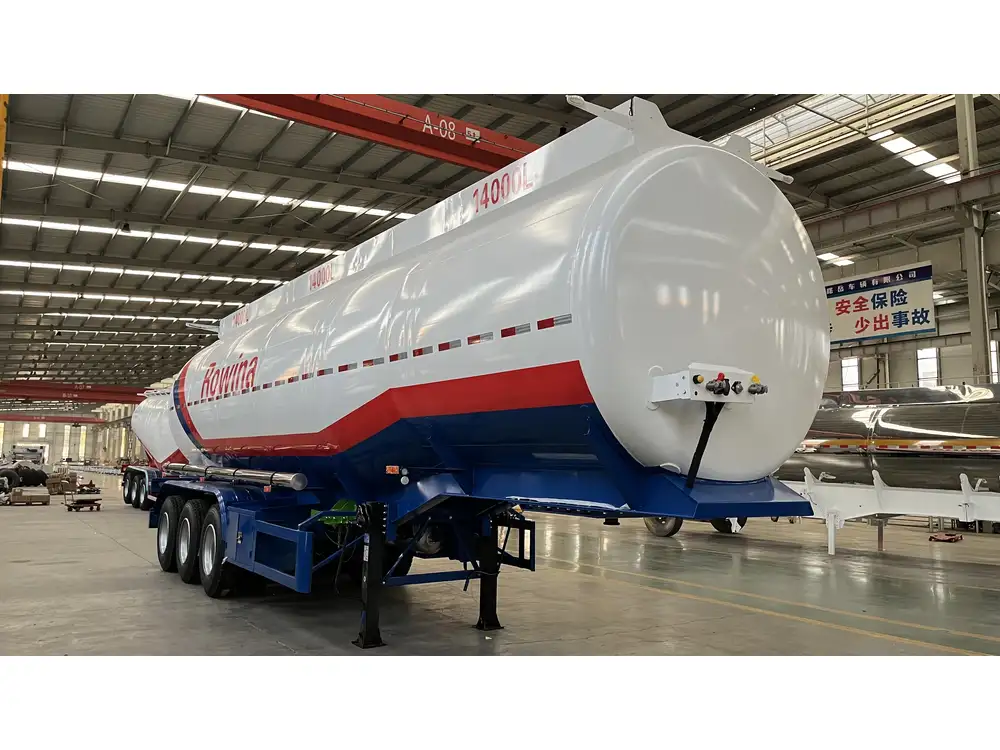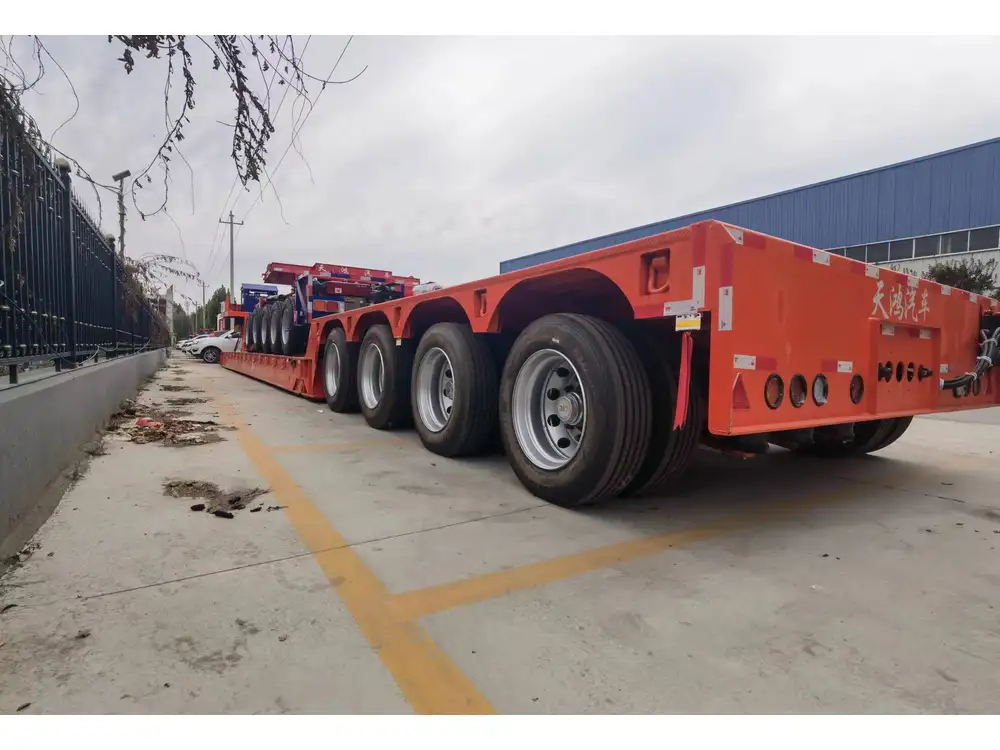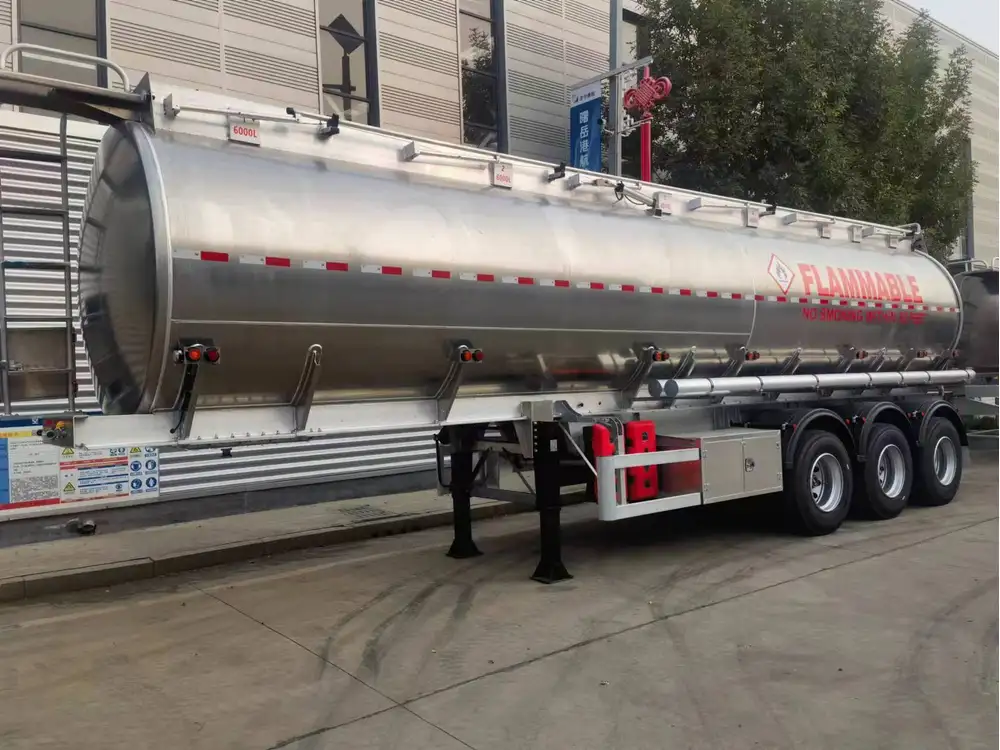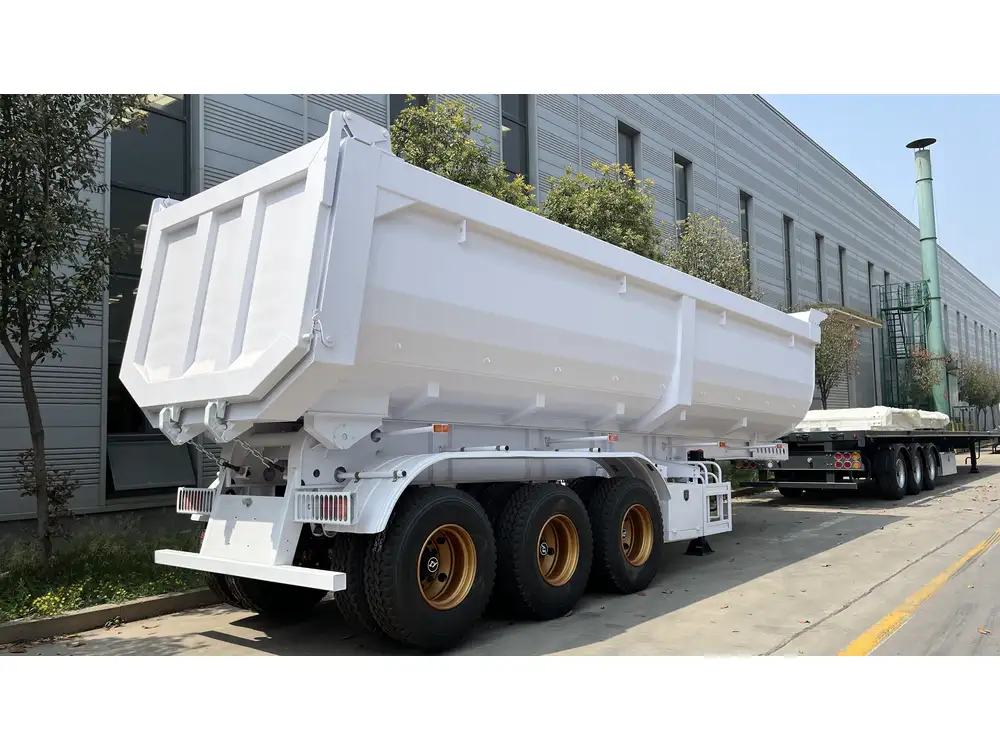When considering the logistics and operational aspects of trucking, one crucial element that often attracts attention is the overall length of the vehicle. Specifically, many operators and fleet managers ponder, “How long is a semi with a 52 ft trailer?” This inquiry is not merely academic; it has significant implications for route planning, compliance with regulations, and ensuring safety on the road. We’ll delve into the technical dimensions, legislative frameworks, and practical considerations essential for anyone involved in freight transport.
The Basics of Semi Trailer Dimensions
Trailer Length and Overall Vehicle Length
The standard semi-trailer typically used in the U.S. measures around 52 feet in length. However, this measurement refers solely to the trailer itself. When you couple this with a standard tractor unit, also referred to as a semi-truck, which usually measures around 20 feet to 25 feet long, you arrive at a combined length of approximately 72 ft to 77 ft.
| Component | Length (feet) |
|---|---|
| Semi-Tractor | 20 – 25 |
| Semi-Trailer (52 ft) | 52 |
| Total Length | 72 – 77 |

Variations in Vehicle Configuration
Different configurations of semi-trucks can result in variations to this length. For instance:
- Conventional Cabs: These are the most common and have a longer chassis, potentially extending the length further.
- Day Cabs: Generally, these models omit the sleeping compartment, offering a more compact option.
Axle Configuration and Its Impact on Length
The setup of axles in a semi-trailer influences not just weight distribution but also the overall allowed length. A standard 5-axle combination can bear a length of up to 75 feet in several states. However, when specific trailers, like the 52 ft, come into the discussion, regulations may allow for adjustments based on type and load.
| Axle Configuration | Allowed Length (feet) |
|---|---|
| 5 Axles | Up to 75 |
| 6 Axles | Varies by state |
Gross Vehicle Weight Rating (GVWR)
The Gross Vehicle Weight Rating (GVWR) is also a critical factor in ensuring safety and compliance. Most 52 ft semi-trailers can carry a total weight that approaches 80,000 lbs, including the vehicle and load. This maximum weight capacity must be balanced correctly according to the number of axles.

Legal Regulations Impacting Truck Length
Federal vs. State Regulations
While federal regulations provide general guidelines for truck lengths and configurations, specific state laws can either expand or constrict these parameters.
For example, several states—like Texas—may allow longer combination vehicles compared to more restrictive states like California. Understanding these regulations is vital for trucking companies to avoid penalties and ensure seamless transport.
| State | Max Length (ft) |
|---|---|
| Texas | 85 |
| California | 65 |
| Florida | 80 |
Length Regulations for Specific Routes
Furthermore, certain routes, such as those passing through tunnels or bridges, may impose additional restrictions. Consultation of the routing information is essential, as violations can result in hefty fines or, worse, accidents.

Operational Considerations
Maneuverability Challenges
As the length of semi-trailers increases, so does the challenge of maneuverability. Parking lots, city streets, and tight loading docks can become challenging obstacles for longer vehicles. Factors to consider include:
- Turning Radii: Longer trailers require greater turning radii, especially at intersections.
- Backing Up: Operating a vehicle of this size necessitates heightened awareness when reversing.
- Parking Space: Finding adequate parking can be an issue; companies must plan for this.
Fuel Efficiency Implications
Length and weight of semi-trailers can also significantly impact fuel efficiency. Longer, heavier combinations generally result in reduced miles per gallon (MPG), which must be weighed against operational costs.

Load Types and Their Impact on Dimensions
The type of load being transported can dictate specific equipment configurations. Reefer trailers, flatbeds, and tankers might have different fundamental lengths affecting your overall transportation strategy. Below is a simplified comparison of typical trailer types in relation to length and uses:
| Trailer Type | Standard Length (ft) | Typical Use |
|---|---|---|
| Standard Van | 53 | General Freight |
| Reefer | 53 | Temperature-Controlled |
| Flatbed | 48-53 | Heavy Equipment |
Practical Tips for Trucking Operations
Planning Routes Wisely
Understanding how the length of a semi with a 52 ft trailer impacts routing is essential. Utilize tools such as GPS mapping software that accounts for vehicle dimensions to avoid potential pitfalls on the road.

Regularly Updating Fleet Records
Maintaining detailed records of vehicle dimensions, configurations, and weights can streamline operations and ensure compliance with regulations.
Training for Drivers
Educating drivers on the physical characteristics and handling of longer vehicles fosters safety and improves operational efficiency. Consider conducting regular training sessions that cover:
- Vehicle dynamics
- Route recognition and planning
- Maneuvering techniques
Future Trends in Semi Trailer Length

Technological Advances in Freight Transport
As technology continues to evolve, so does the future of trucking, including the lengths of trailers. Autonomous vehicles, enhanced telematics, and improved logistics management could all contribute to rethinking traditional dimensions.
Longer but Smarter Trailers
Recent discussions around legislative changes hint at allowing longer trailers equipped with intelligent systems for monitoring load distribution and vehicle dynamics.
Sustainability Considerations
The pressure for a greener logistics industry is prompting innovations in trailer designs aimed at reducing weight and enhancing aerodynamics—even future extensions of trailer lengths may focus on improved energy efficiency.

Conclusion
In exploring the question of how long is a semi with a 52 ft trailer, it becomes evident that this inquiry involves a multifaceted approach considering dimensions, regulations, and operational challenges. Understanding these aspects not only helps fleet managers and operators stay compliant but also maximizes efficiency and safety in their transportation undertakings. With the transportation sphere continually evolving, staying informed and adaptable will be crucial in navigating the complexities of semi-trailer logistics.
By appreciating the nuances of semi-trailer lengths and their implications, industry participants can foster better practices, innovate future strategies, and ultimately ensure success on the road. Embracing thorough planning, rigorous compliance, and ongoing education will position trucking operations to effectively meet the ever-changing demands of the freight transportation landscape.



